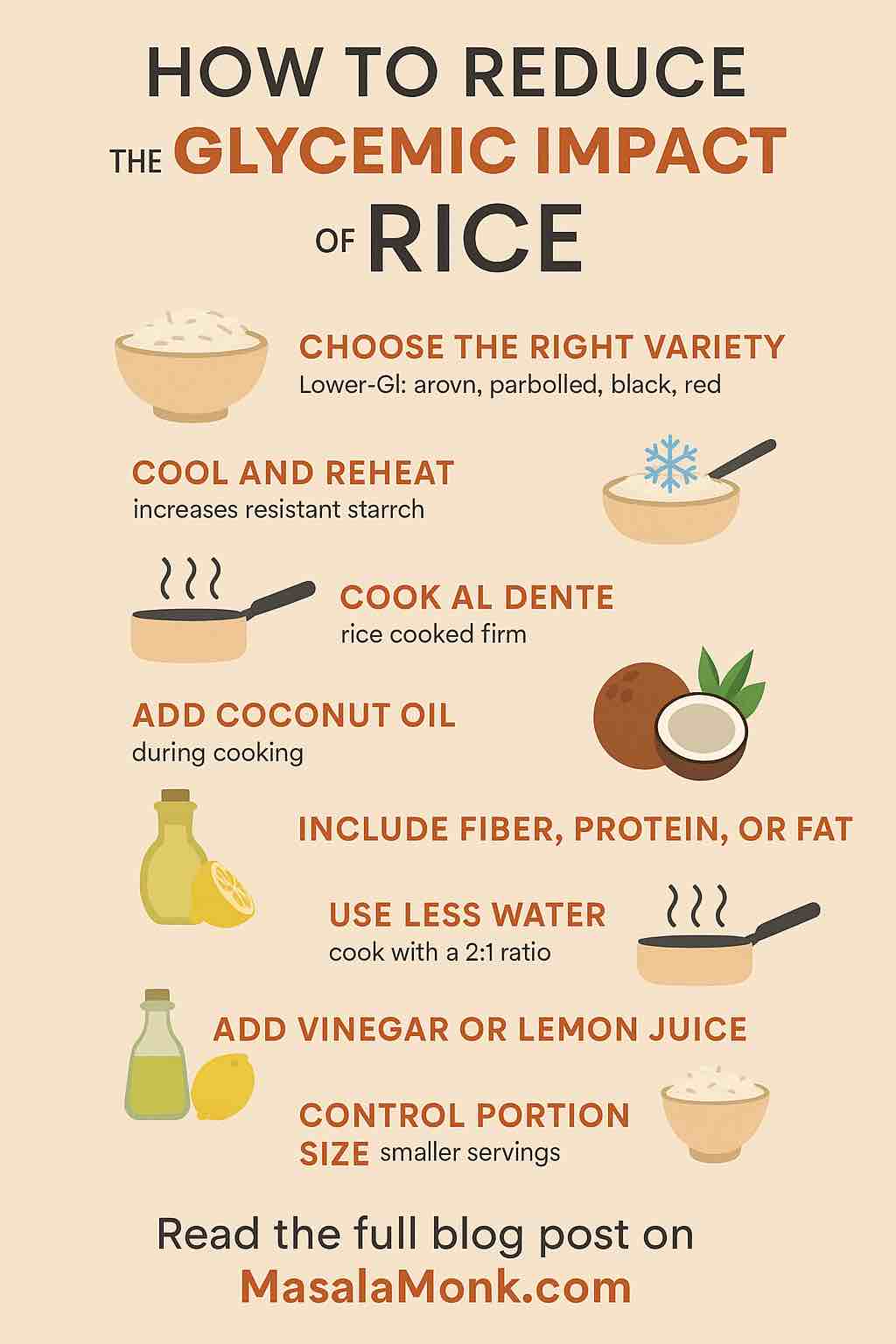
Air fryers have stormed Indian kitchens, promising crispy snacks with much less oil. If you’re searching for a model that balances big capacity, trusted brand value, and ease of use, the Philips NA231/00 Air Fryer is probably on your radar. But is it really the best fit for Indian cooking styles, family use, and day-to-day kitchen life?
In this in-depth review, I’ll cover the specs, real user pros and cons, unique challenges, Indian buyer insights, and honest verdict—so you can decide if it’s right for you.
Check Latest Price and Deal for this Air Fryer on Amazon India here.
This post uses Affiliate links to this product from Amazon, you get the same price and we get a small commision, which helps us sustain and bring such research for you.
Quick Overview: Philips NA231/00 Key Features
| Feature | Details |
|---|---|
| Capacity | 6.2 litres (family-sized) |
| Power | 1700W Rapid Air Technology |
| Controls | Digital touchscreen, 13 preset menus |
| Special Feature | See-through cooking window with light |
| Cleaning | Non-stick, dishwasher-safe basket |
| Build | 404 × 309 × 308 mm; ~5.3 kg |
| Warranty | 2 years (India) |
| Price Range | ₹9,000–₹10,000 (may vary with offers) – Current Price on Amazon |
Why the Philips NA231/00 Stands Out
1. Massive Capacity for Indian Families
With a 6.2 L basket, this air fryer is ideal for family gatherings, festive meals, or anyone who prefers batch cooking. Users report fitting 8 chicken drumsticks, 800g of French fries, or several kathi rolls in a single go. Unlike compact models, there’s less batch rotation—saving time and effort for large households.
2. Intuitive Digital Controls & Presets
The touchscreen is responsive, with 13 built-in preset menus for common dishes. For beginners, this makes cooking approachable—especially with the unique see-through window and internal light, letting you watch food without opening the basket. This feature is especially popular among Indian users who like to check doneness visually, whether it’s aloo tikki or paneer tikka.
3. Healthier Results, Indian Style
Philips’ Rapid Air Technology ensures your food is cooked with up to 90% less oil—but still delivers a crispy finish. Multiple Indian reviewers confirm impressive outcomes for samosas, kababs, even dal bati—dishes traditionally deep-fried or baked.
Real Indian User Experiences: The Good & The Noteworthy
What Users Love
“This is the best airfryer you can buy … Ideal for big families … The digital display and dials are super convenient … it looks very smart on the kitchen slab.”
— Alisha Sachdeva, New Delhi
- Strong Build Quality: Daily users note its durability and the ease of frequent cleaning.
- Works for Indian Recipes: One Flipkart reviewer made “amazing dal bati” and another praised the crispiness of homemade samosas.
- Beginner-Friendly Window: The see-through glass is a hit for first-time users or those cooking delicate snacks.
Common Challenges (And Real-World Fixes)
Despite its strengths, the Philips NA231/00 isn’t perfect. Here’s what Indian buyers actually face:
1. Cleaning and Smoke Buildup
While the non-stick basket is dishwasher safe, repeated air frying of oily or marinated foods (think tandoori) can cause grease to splatter onto the heating coil. If not cleaned regularly, this results in smoke and sometimes triggers kitchen smoke alarms.
Pro tip: Wipe the basket, drip tray, and coil area after every heavy use. Consider using air fryer parchment paper to reduce mess.
2. Bulk and Kitchen Space
At over 5kg and with a sizable footprint, this air fryer dominates smaller kitchen counters. Several users recommend measuring your available counter space before buying, especially if your kitchen is compact.
3. Non-Stick Coating Over Time
Long-term Indian reviewers note that the non-stick coating may start to degrade after a year or two, particularly if cleaned with metal scrubbers or harsh sponges.
Pro tip: Stick to soft cloths, and use a bit of oil spray on the basket for sticky foods.
4. Electrical Load
At 1700W, it draws substantial power. If your kitchen wiring is old or you run many appliances at once, check with an electrician first to avoid tripping breakers.
5. Batch Cooking & Capacity Planning
Some Indian families found that even with a 6.2L basket, batch cooking is sometimes needed for large gatherings or parties. A Redditor from r/IndianFood summed it up:
“Get the one with the highest capacity that you can keep on your counter … the first batch ends up cooling down before the next one finishes. It’s annoying.”
Pros & Cons Table
| Pros | Cons |
|---|---|
| Large 6.2L basket fits big family meals | Bulky for small kitchens |
| Touchscreen, 13 presets, and see-through window | Non-stick may degrade after 1–2 years |
| Very easy to clean (dishwasher-safe parts) | Needs regular cleaning to prevent smoke |
| Excellent for Indian dishes (samosa, dal bati, tikka) | High power (1700W) can stress old electrical circuits |
| Fast, even, oil-free cooking | Controls lack “pause” function mid-cycle |
| Highly recommended for gifting and daily use | Price is on higher side compared to generic brands |

Tips for Best Experience (Indian Context)
- Preheat for crispy results: Use the preheat function for best results on cutlets, fries, and tikki.
- Don’t overload: Spread food in a single layer for uniform cooking.
- Adjust presets for Indian food: Reduce the preset temperature or time slightly for lighter, thinner snacks.
- Regular wipe-down: Keep the heating coil and air outlets clean to prevent smoking.
- Try air fryer parchment: Minimizes sticking and cleaning for marinated or cheesy items.
Final Verdict: Who Should Buy the Philips NA231/00?
The Philips NA231/00 is ideal for families of 4–7, foodies who batch-cook, and those who love variety—from aloo tikki to grilled chicken. It’s a “set and forget” device once you learn a few tricks, and long-term Indian owners are highly satisfied with both performance and results.
Recommended for:
- Medium to large Indian families
- Health-conscious snackers
- Gifting for weddings/housewarmings
Consider alternatives if:
- You have a tiny kitchen or rarely cook for more than 2
- You want a budget pick or smaller device (see Philips HD9200/90 or Inalsa Fry 4L)
User Review Highlights
“Had craving for Dal Bati, and made the bati in air fryer, amazing amazing results … Superb product for Indian dishes too.” — Flipkart
“Used daily by me and my daughters; use of air fryer paper keeps cleanup easy.” — Reddit
“Highly recommended; works for all snacks, not just fries!” — Flipkart
Buy the Philips NA231/00 Air Fryer
Affiliate Link: Buy Now on Amazon India
Have questions or want to share your own air fryer experience? Drop a comment below!
Discover More Top Air Fryers in India:
- 6 Bestselling Air Fryers on Amazon India this Season
See a detailed, side-by-side comparison of the season’s top picks—capacities, features, pros & cons, and our top buying tips for Indian homes! - Philips HD9200/90 Air Fryer Review
Analog simplicity meets Philips reliability. Perfect for small families, elders, and anyone who prefers no-fuss dial controls. - Philips HD9252/90 Air Fryer Review
Touchscreen controls and rapid air tech—discover if this digital all-rounder is right for your everyday Indian cooking. - Kent 1300W Classic Fryer Review
On a budget or have a compact kitchen? Explore why this analog air fryer is a hit among singles and first-time buyers. - Inalsa 5.5L Digital Air Fryer Review
Need a big basket for your family? This digital value pick combines speed, presets, and power for bulk cooking. - Inalsa Sous Chef 6.5L Digital Air Fryer Review
Meet the king of batch cooking! Huge capacity and smart features for large families and snack lovers.
FAQs for Philips NA231/00 Air Fryer
1. What is the actual capacity of the Philips NA231/00 Air Fryer, and is it enough for Indian families?
The NA231/00 has a 6.2-litre basket, making it ideal for families of 4–7 members or for batch cooking. It easily fits 8–10 cutlets or 800g of fries at once—more than enough for most Indian meals.
2. Is the Philips NA231/00 suitable for Indian snacks like samosas, pakoras, and tikkis?
Yes! With minor tweaks to time and temperature, you can make samosas, pakoras, paneer tikka, and more. Use a light oil spray for extra crispiness.
3. How easy is it to clean the air fryer after oily or sticky Indian dishes?
The non-stick basket is dishwasher safe, and most users find daily cleaning easy. However, it’s important to regularly wipe the drip tray and heating coil after heavy use to avoid grease buildup and smoke.
4. Does the air fryer produce a lot of smoke or odor during use?
Not usually, but if grease accumulates on the heating coil or basket, it can cause smoke. Clean after every use, especially after cooking oily foods. The initial “plastic smell” goes away after a couple of uses.
5. Is the appliance bulky or difficult to store in small kitchens?
The NA231/00 is larger and heavier (over 5 kg, big footprint). It needs a dedicated spot on your kitchen counter and may not suit very small kitchens.
6. What kind of power outlet is needed for the Philips NA231/00?
It requires a standard 16A power socket (like a microwave or water heater) due to its 1700W power rating. Avoid using it on overloaded or old wiring.
7. How durable is the non-stick coating?
With careful use (no metal scrubbers or sharp tools), the coating can last 1–2 years or longer. Some users report peeling if harsh cleaning is done.
8. Are spare parts and service centers available in India?
Yes, Philips has a good service network in India. Baskets and accessories are available online or via official service centers.
9. Can I bake cakes or reheat leftovers in the air fryer?
Absolutely! The air fryer can bake, grill, roast, and reheat with great results. Many users bake sponge cakes, cupcakes, and even make pizza bases.
10. Is it worth the price compared to cheaper brands?
If you want reliability, build quality, and support, Philips is worth the extra cost. Budget brands may be smaller or lack after-sales support. For families and regular use, the NA231/00 is a smart investment.













